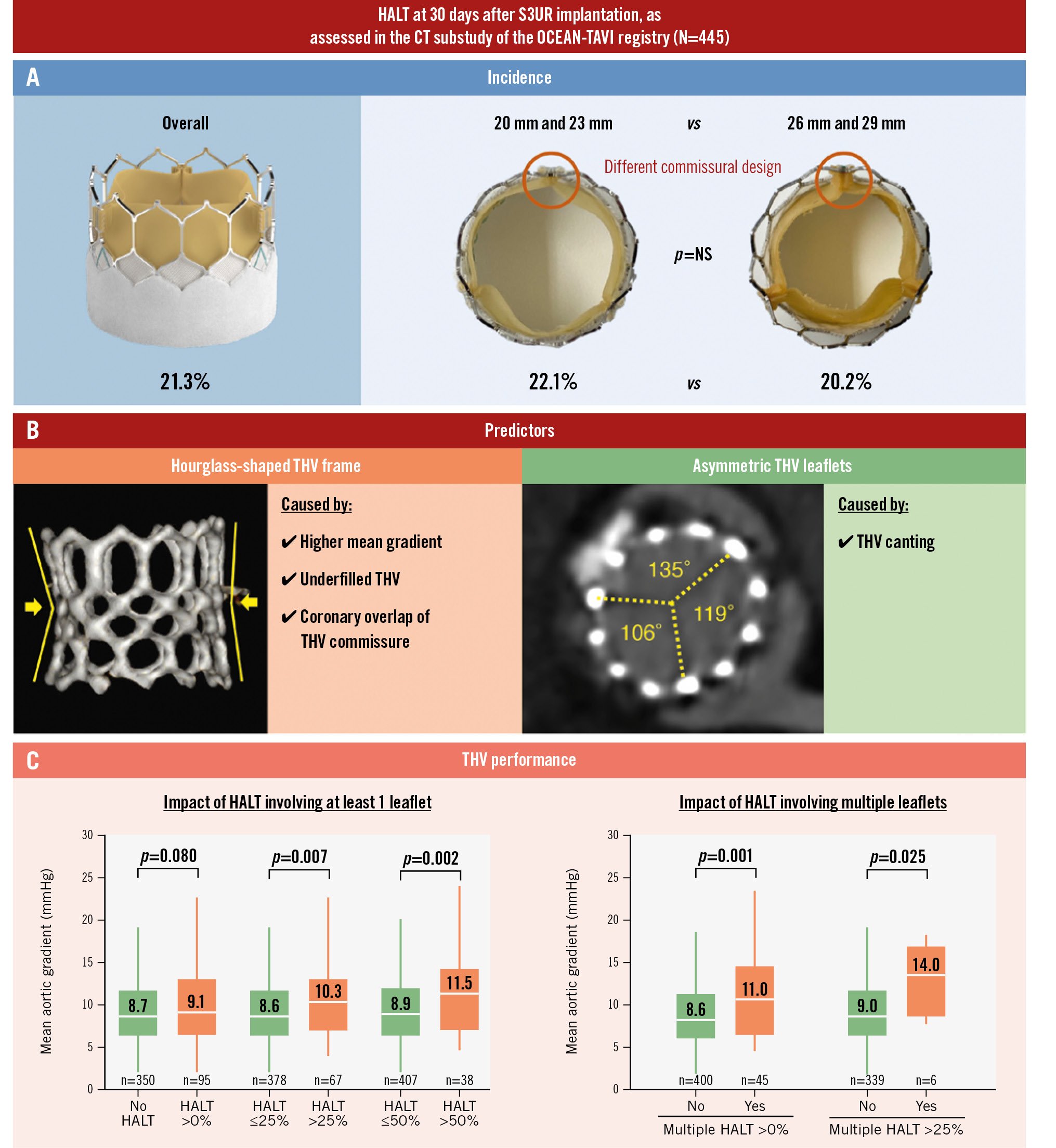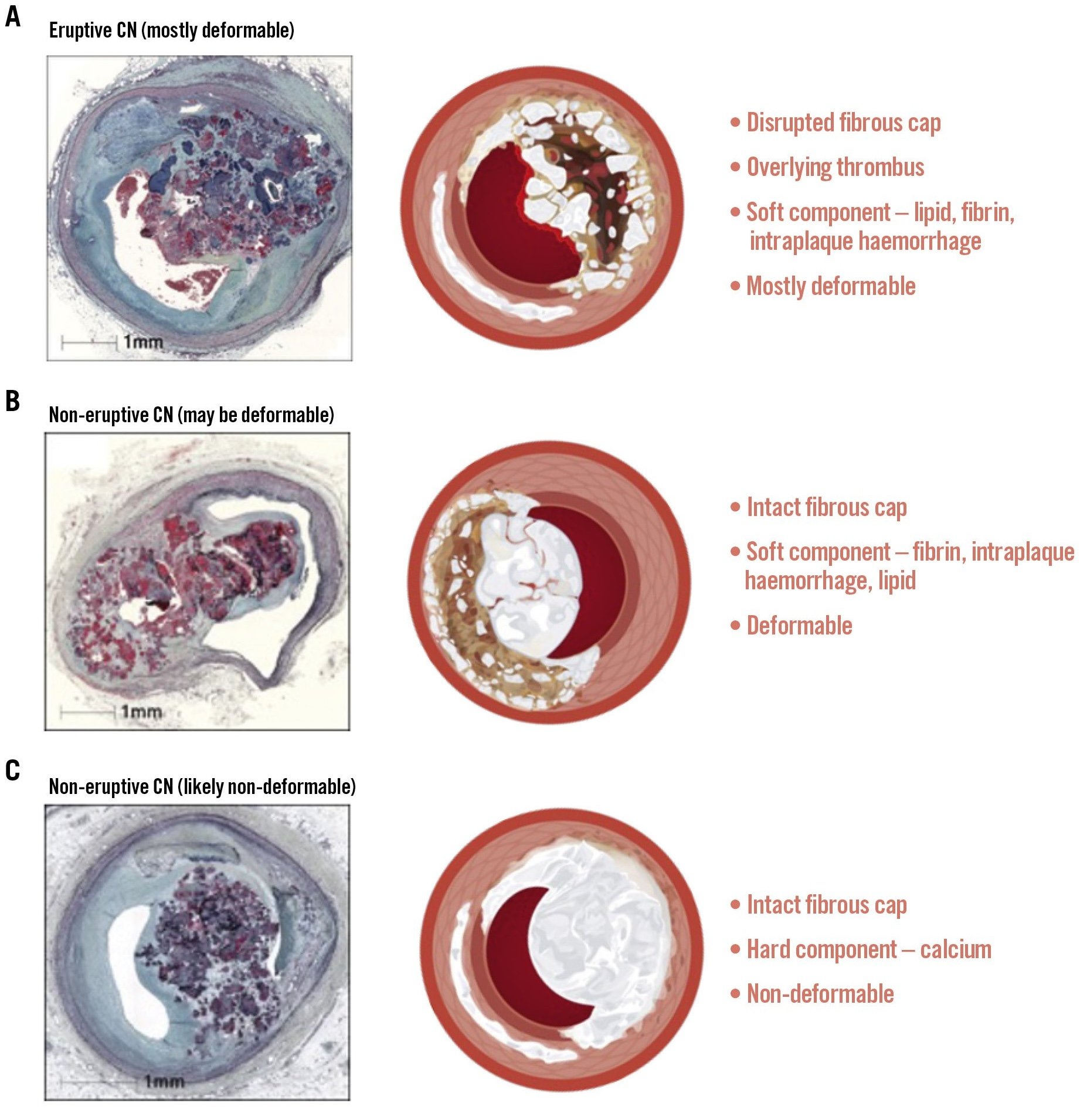
State-of-the-Art
Editorial

Original Research
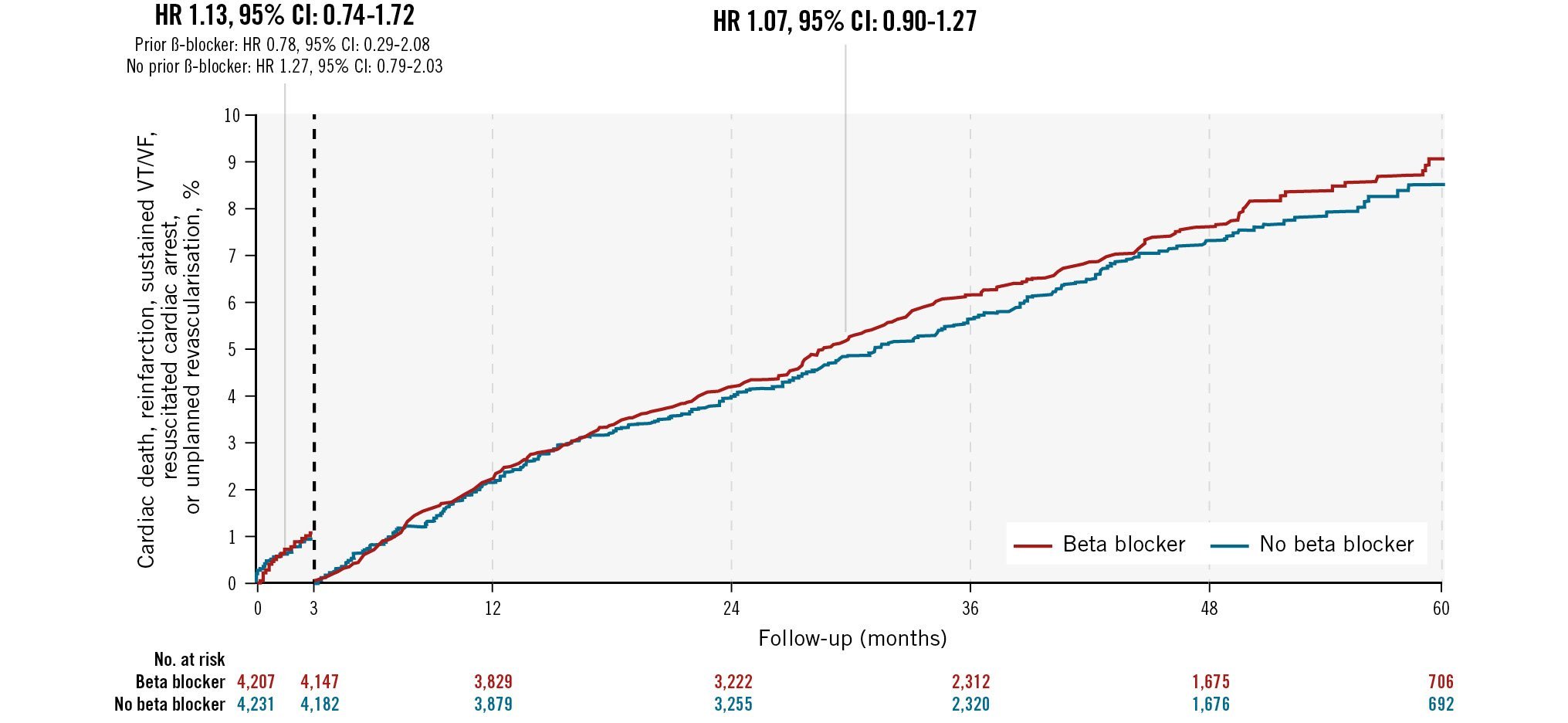
State-of-the-Art
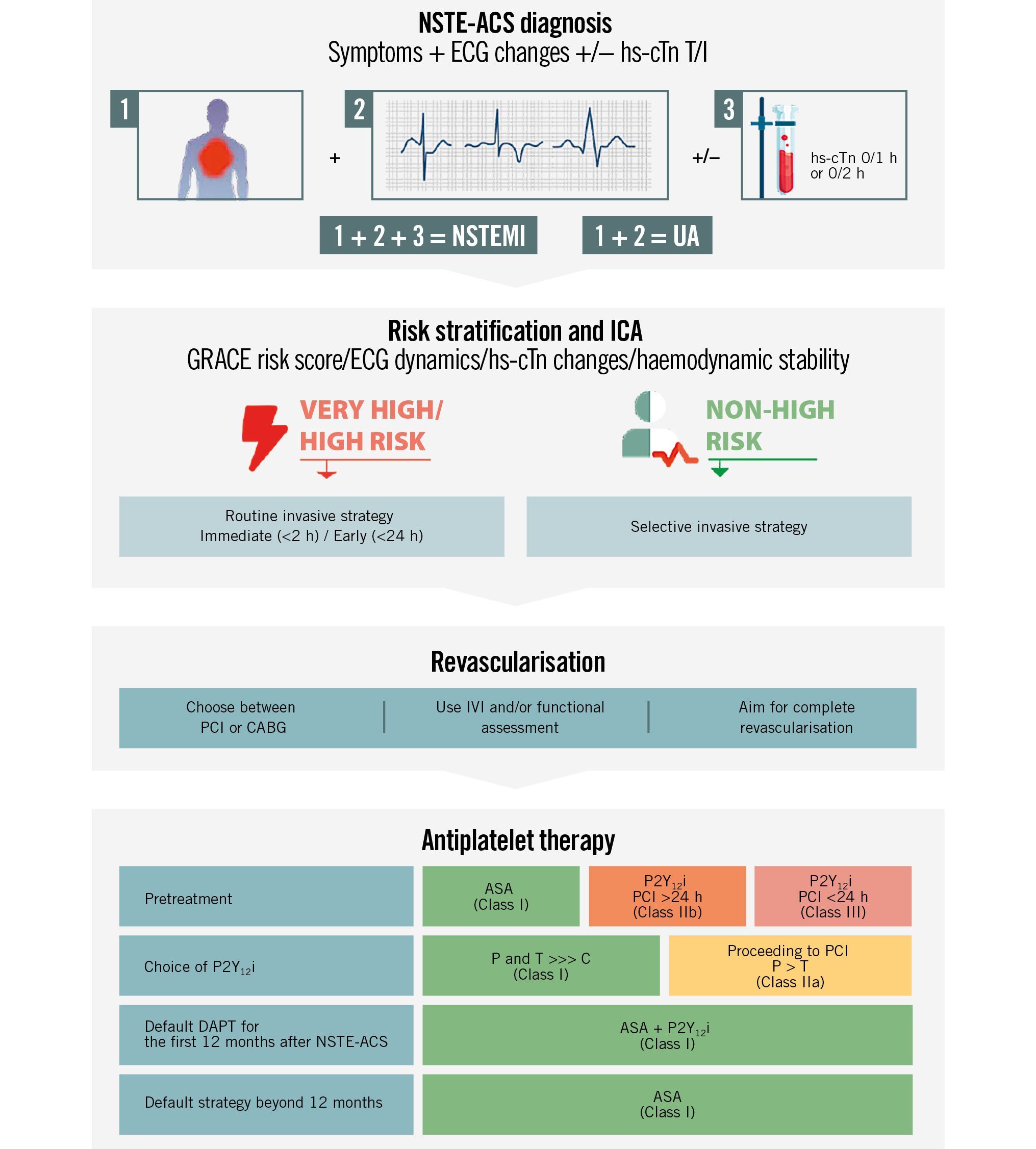
new issue
State-of-the-Art on the management of NSTE-ACS; State-of-the-Art on calcified nodules and PCI; beta blockers after MI; abbreviated antiplatelet therapy in HBR patients with CKD; thrombosis after Reducer migration
.jpg)
letter to the editor
This letter discusses the need to evaluate the addition of novel pharmacotherapy to current regimens in order to improve outcomes related to leaflet thrombosis and cerebral injury after TAVI procedures.
letter to the editor
The reply adresses the need for further research on optimal post-TAVI regimens to balance ischaemic, embolic, bleeding, and cognitive risks, and the prevention of covert brain injury in the TAVI population.
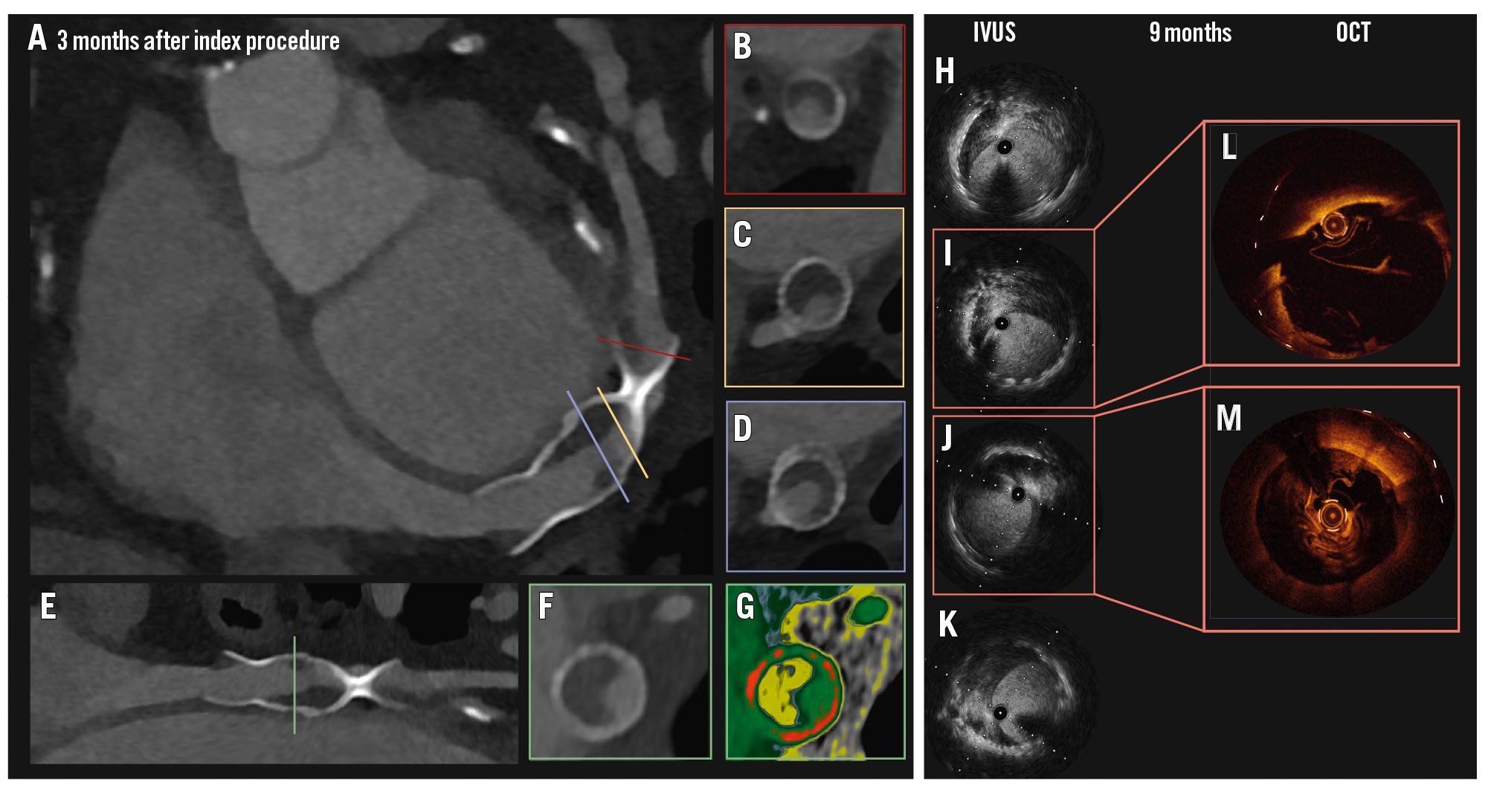
Flashlight

Original Research
The study found that coronary cannulation after TAVI with the Evolut FX valve was highly feasible due to a high rate of commissural and coronary alignment, but coronary misalignment was the strongest predictor of suboptimal coronary cannulation for both the left and right coronary arteries.
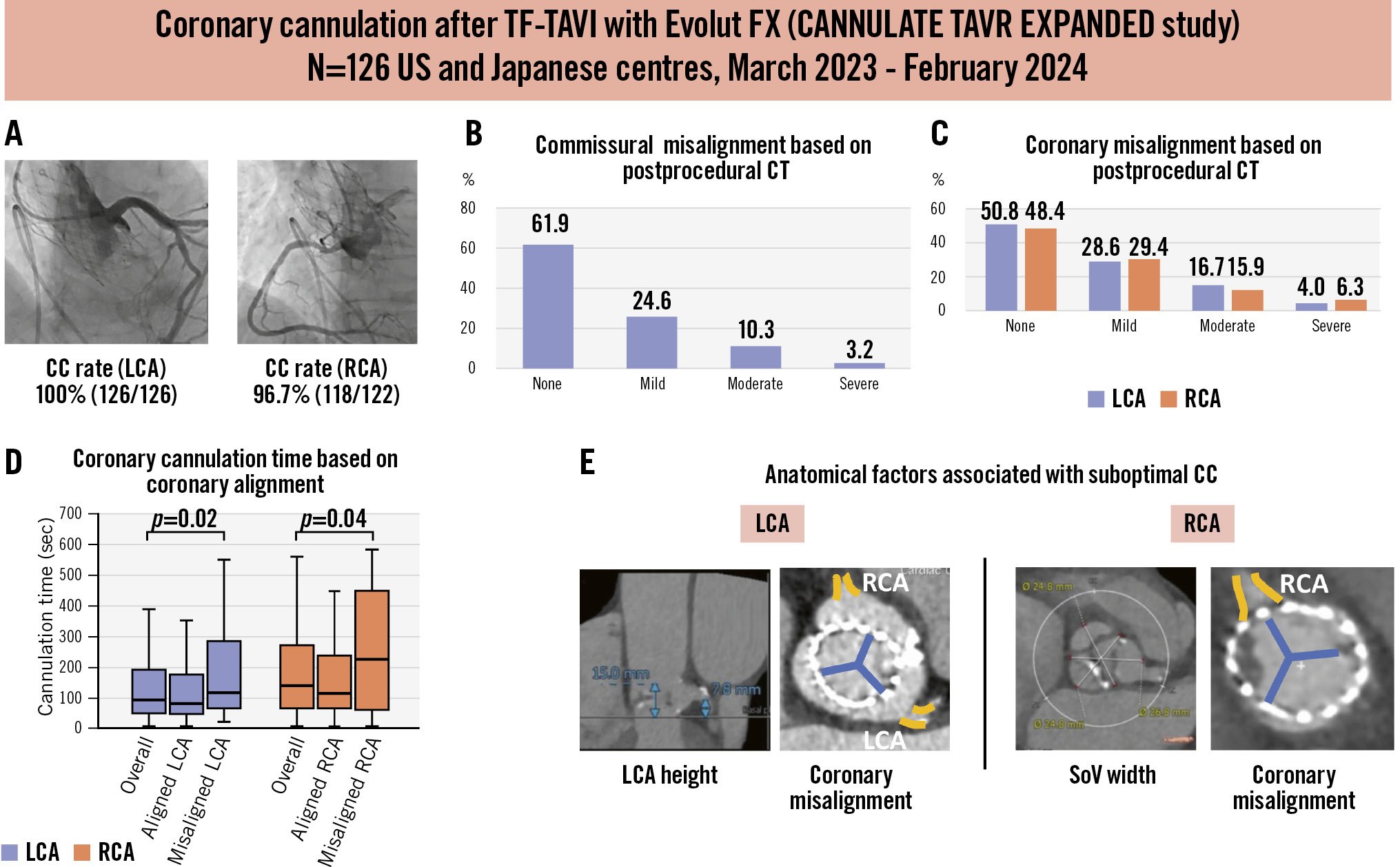
Editorial
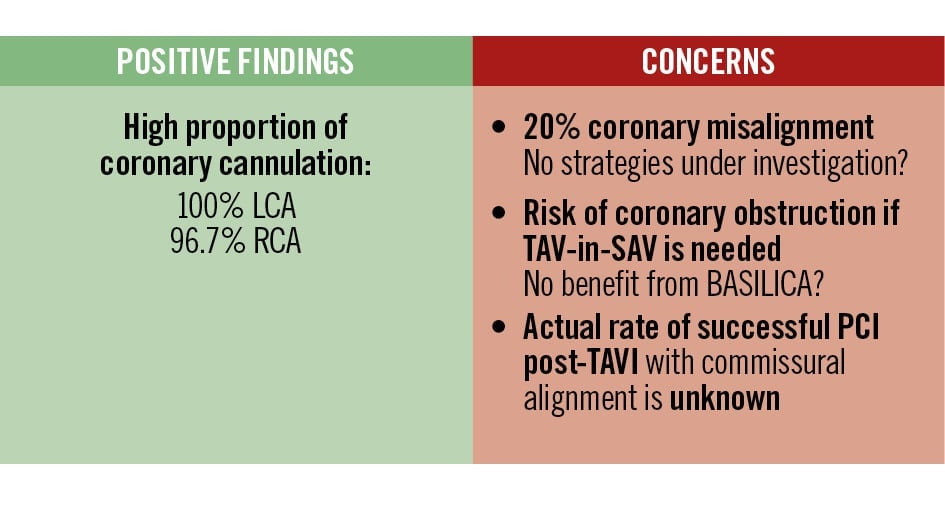
Expert Consensus
This scientific statement provides guidance on the management of patients with cardiac implantable electronic device leads crossing the tricuspid valve who are undergoing transcatheter tricuspid valve interventions.
.jpg)
Viewpoint
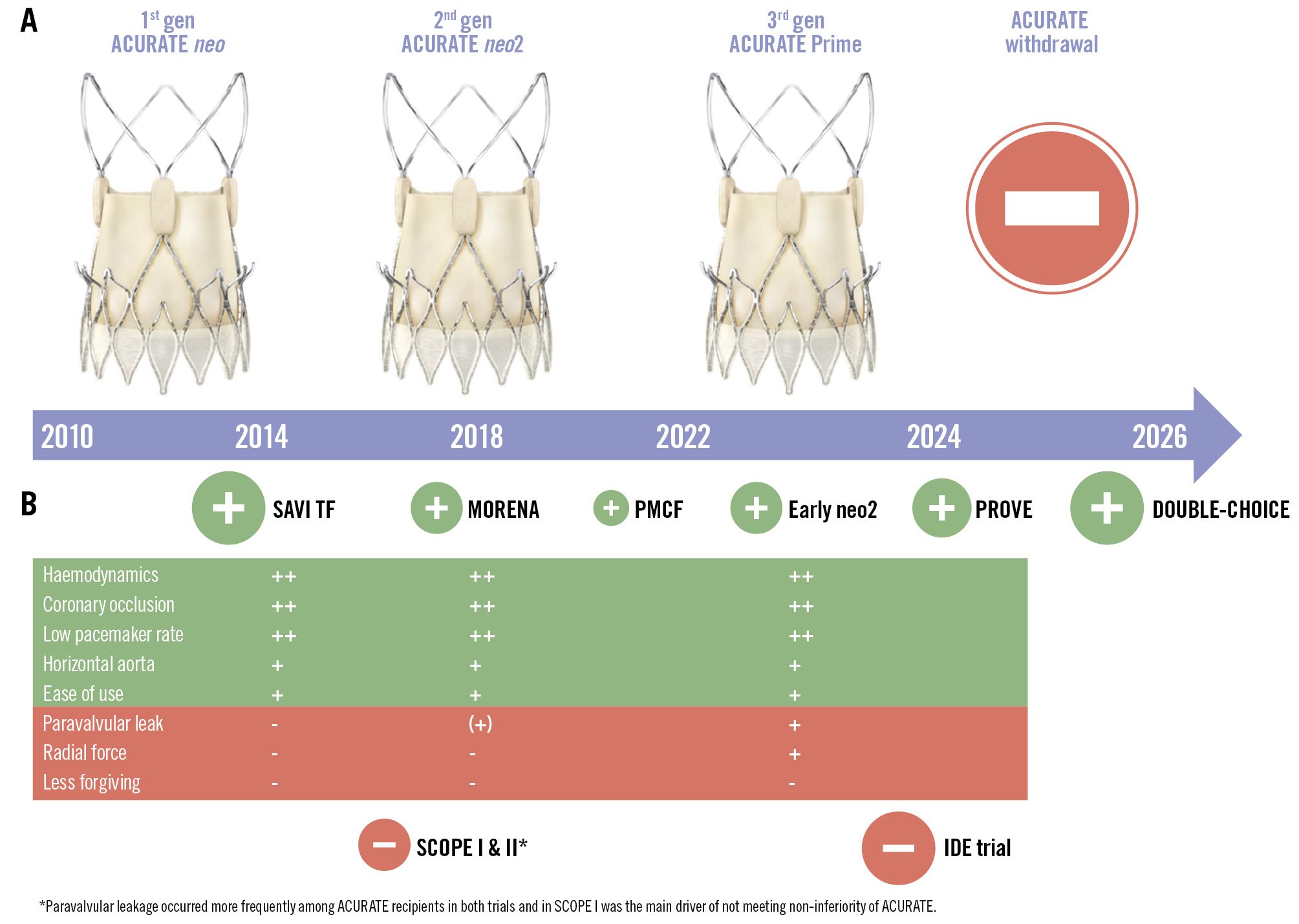
Original Research
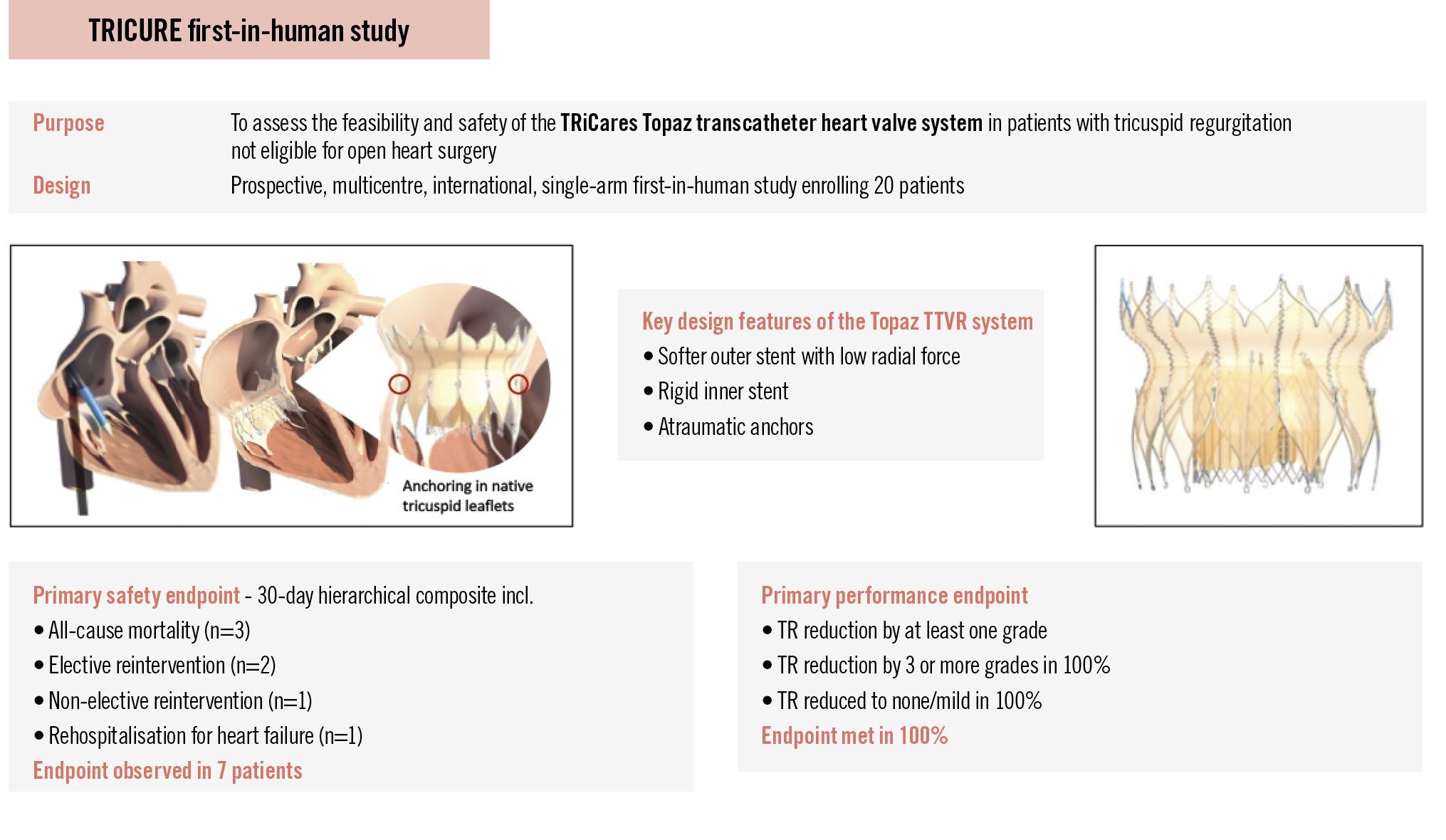
Original Research
